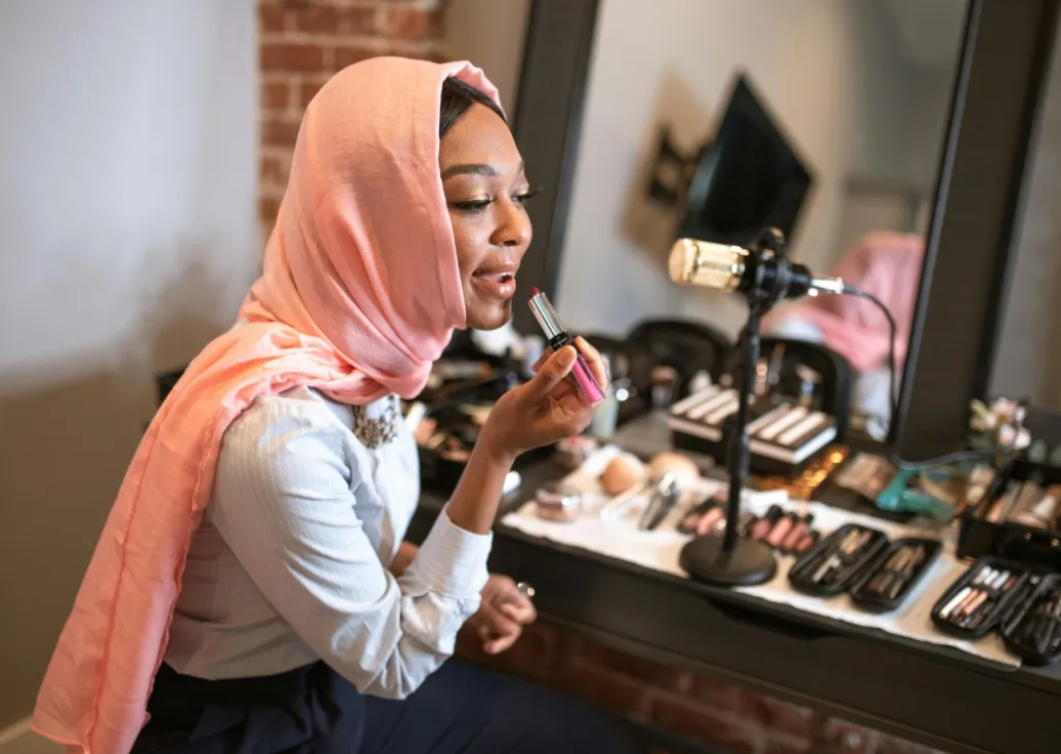Today’s globalized world has made “halal” a huge corporate force, not just a religious term. Halal entrepreneurship is seen in food, cosmetics, medicines, and banking. It is a growing industry that offers great chances for new ideas and community growth. So, encouraging students to start their own halal businesses is becoming more popular as a key way to improve education and the economy. But what opportunities does this present, and what challenges do aspiring entrepreneurs face? Let’s dive in and explore.
The Rise of Halal Entrepreneurship
Understanding the Market
Halal entrepreneurship involves starting Islamic businesses. These businesses serve Muslims, but non-Muslims are increasingly drawn to them because they associate halal with ethical buying, quality, and sustainability. Fast market growth is fantastic. Global halal sales are likely to soar in the next years. But what does this growth mean for students and aspiring entrepreneurs?
A Platform for Innovation
For students, the halal market offers a platform for innovation. There are many opportunities to be creative and develop new halal-certified products and services for Muslim customers. Innovation goes beyond product creation. Their sale, use, and marketing matter too. New ideas and technology skills from students can have a tremendous effect.
The Importance of Good Writing Skills in Halal Entrepreneurship
Writing is crucial in halal business. Good writing skills get ideas across, persuade people, and create engaging product and service stories. They also go well with a business spirit. Students who wish to create halal enterprises must clearly and convincingly express their goals, ideals, and company details. This is crucial for business strategies, product descriptions, marketing materials, and daily interactions with buyers, partners, and investors.
In halal commerce, where morality and Islamic rules are paramount, precise speech is crucial. Students must describe their products and services, as well as how they follow halal rules and why. You must understand religion and audience expectations to do this. This requires clear, intentional communication. Strong writing abilities are essential to educate a wide audience about halal items and resolve any ambiguities.
Improving these writing skills is a continuous process, one that can be significantly enhanced with the support of experienced professionals. For students looking to excel in halal entrepreneurship, seeking assistance from EduBirdie essay writers for hire can be a game-changer. These experts can help you organize, persuade, and write clearly. Professional writers can help students persuade a wide audience by developing a business plan and marketing materials or improving their communication skills. Expert writing help may be essential in halal companies, where competition is tough and details matter.
Opportunities for Student Entrepreneurs
Bridging Tradition and Modernity
Halal company enables students to combine old values with current business practices, which is great for them. They must follow Islamic laws and use cutting-edge business and communication techniques to reach and help Muslims worldwide. By doing this, student businesses can help bring the halal market up to date and make it bigger.
Educational and Career Advancements
Students who take part in halal entrepreneurship get a one-of-a-kind learning experience that lets them deal with real-life business problems and use what they’ve learned in the classroom in real-life situations. In addition, this journey into entrepreneurship can make students’ resumes look much better, which can lead to job chances in the global halal industry and beyond.
Challenges in Promoting Halal Entrepreneurship
Navigating Regulatory Complexities
Student businesses in the halal sector struggle to label and market halal products due to the many regulations and certifications. These standards vary per country, making it difficult for students unfamiliar with halal licensing to learn rapidly.
Access to Capital and Resources
Halal startups need money and tools to get off the ground, just like any other business. However, it can be especially hard for students to get funding because they might not have the security or track record that investors and financial institutions normally look for. Furthermore, finding halal-compliant funding options adds an additional layer of complexity.
Overcoming the Challenges
Leveraging Technology and Networks
To overcome these challenges, student entrepreneurs can leverage technology and networks. Digital platforms can facilitate access to halal certification information, mentorship, and even funding. Additionally, building a strong network within the halal industry and the broader entrepreneurial community can provide valuable support, advice, and opportunities.
Educational Institutions’ Role
Educational institutions play a pivotal role in supporting halal entrepreneurship among students. By educating entrepreneurship and the halal industry, undergraduate and graduate schools may prepare students for the halal market. Students can also connect with lecturers, professionals, and investors through institutions.
Conclusion
There are many benefits and drawbacks to fostering halal business among students. When the halal market grows, creative, ethical entrepreneurs are needed more than ever. Students may establish outstanding businesses and make the halal industry more dynamic, open, and long-lasting by seizing chances and overcoming challenges. Halal business owners confront many hurdles, but the rewards can be great if they are ready.





 TRENDING11 months ago
TRENDING11 months ago
 PROFILE9 months ago
PROFILE9 months ago
 BUSINESS & ECONOMY3 years ago
BUSINESS & ECONOMY3 years ago
 BUSINESS & ECONOMY3 years ago
BUSINESS & ECONOMY3 years ago
 BUSINESS & ECONOMY3 years ago
BUSINESS & ECONOMY3 years ago
 HALAL ECONOMY10 months ago
HALAL ECONOMY10 months ago
 BUSINESS & ECONOMY2 years ago
BUSINESS & ECONOMY2 years ago
 SPECIAL REPORTS4 months ago
SPECIAL REPORTS4 months ago



